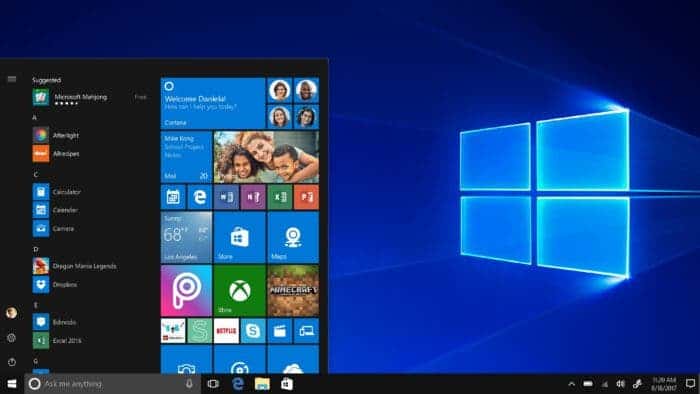Microsoft’s rich history in technology includes its influential Windows operating system. From its debut in 1985 to the recent Windows 11, Microsoft has consistently innovated and added features, shaping how we use computers and connect with others. Windows has evolved, from the original Start Menu to features like Live Tiles. This evolution reflects Microsoft’s commitment to enhancing user experiences and continually improving Windows. As a result, Windows has played a significant role in shaping technology and our daily lives. Along the line, we can boldly place our hands on some of the features that have truly shaped the Windows platform. In this article, we will discuss our top five features that have changed the way we use Windows forever.
Revolutionary Start Menu 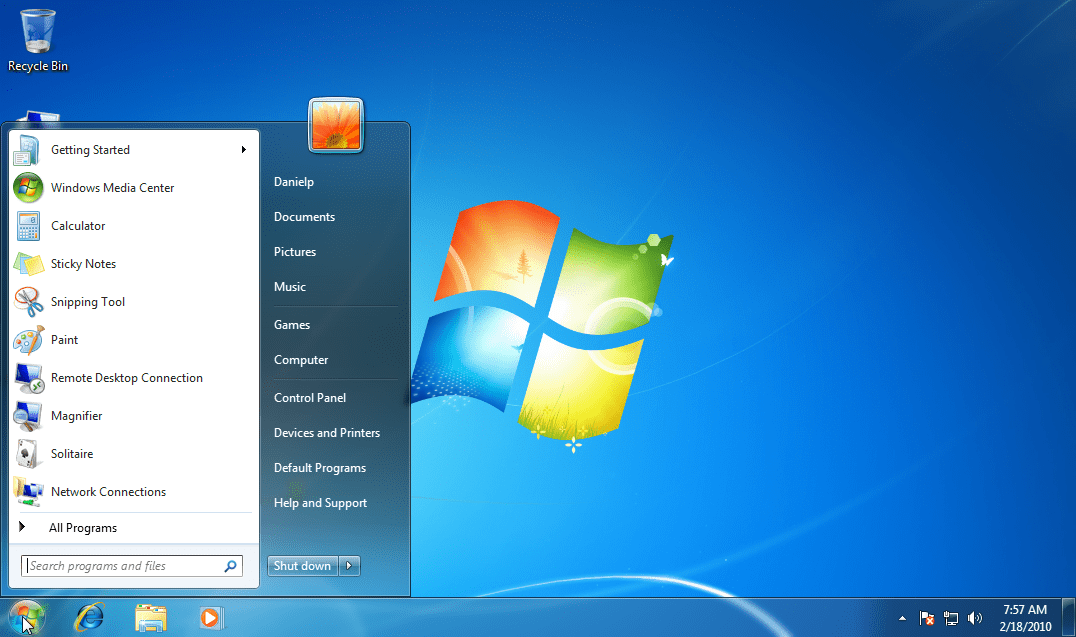
Let’s begin with the Start menu (and yes, that’s a play on words). It first appeared in Windows 95 and made a big difference in how people used the simple operating system. Before that, from Windows 1.0 to Windows 3.1, you had to rely on something called a program manager to start apps. This wasn’t very simple because you had to open different groups of programs and use shortcuts.
But, thanks to the Start menu in Windows 95, Microsoft introduced a new and better way to use your computer. You could simply click the Start button in the lower left corner, and you could easily access your favorite apps. This idea continued with Windows XP, which made the Start Menu wider, showing programs on the left and extra folders like Documents and Music on the right. This gave you more space to make things your own. In Windows 7 and Vista, Microsoft included a search box, extra menus, and smaller menus for finding documents and changing settings.
You might recall that Windows 8 did away with the Start menu in favor of Live Tiles. These tiles showed quick info about your favorite apps, but it wasn’t so simple to find everything else. Luckily, Microsoft brought back the Start menu in Windows 8.1 and later included the tiles in the Windows 10 Start Menu. You could also stick apps to the menu and change their size.
However, Windows 11 brought a surprising change by placing the Start menu in the middle of the taskbar, sparking extensive discussions. Windows 11 also did away with Live Tiles, replacing them with simpler app icons, suggested content, and a bigger search box. Yet, no matter how it looks, the Start menu is a very important part of Windows, and it always will be.
Internet Explorer 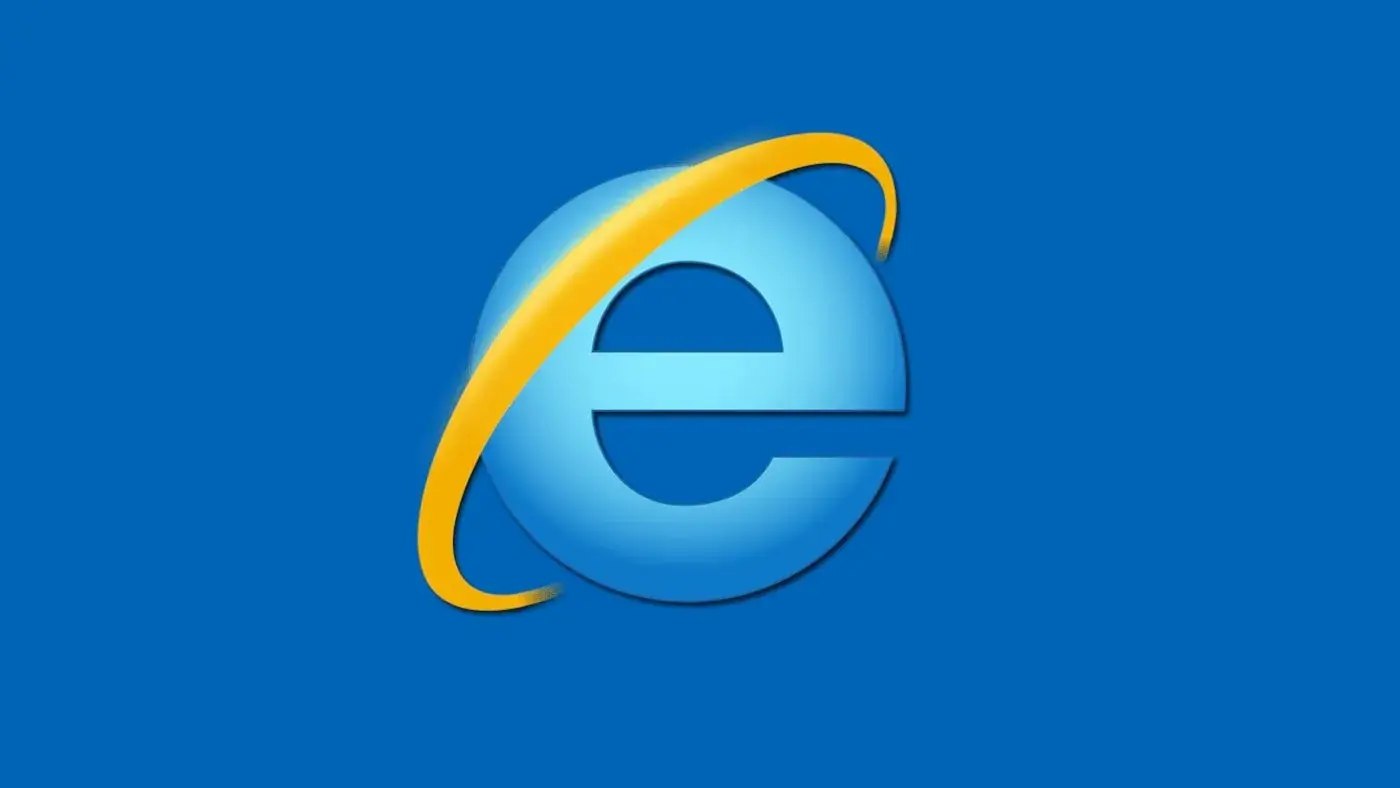
Internet Explorer made its debut in 1995, and it was quite remarkable. Back then, the internet was really taking off, and this new program was included with Windows to help people connect online. Moreover, it sparked the first significant browser competition, known as the browser war. It went head-to-head with things like Netscape, and it even led to claims that Microsoft was trying to become a monopoly and limit competition by making users use Internet Explorer with Windows.
Despite facing numerous challenges, Internet Explorer continued to improve. For instance, Version 6 came out with tools like pop-up blockers and extra things you could add. Yet, it lost its popularity because of browsers like Google Chrome. It lasted for 11 versions, but Edge took over, and in a recent update for Windows 11, Internet Explorer was removed. Still, its memory lives on. Edge even has an “Internet Explorer” mode for older websites that need it.
Preinstalled Games 
Windows always included games, even when it was mostly controlled by typing commands. In the early days, like with Windows 1.0, there was a game called Reversi that came with it. This game helped people practice using the computer mouse. As Windows evolved, they added more classic games in later versions of the system. You might recognize some of these games.
Some classic examples are games like Solitaire. It started with Windows 3.0 and was in every Windows version up to Windows 7. There were also games like Minesweeper and FreeCell, which were first included in Windows 3.1. And then there’s 3D Pinball, a game that was in Windows NT, Windows 2000, ME, and XP. These games are quite famous.
Microsoft has held onto many of these games as time went on. While adding games like Mahjong Titans, Chess Titans and Sudoku, it has continued to see gaming as a big part of what it does, even now. In Windows 11, you can still enjoy games like the Microsoft Solitaire Collection. And when it comes to video games, we can’t leave out Xbox. With Xbox Game Pass, you can subscribe and open up a new world of cloud gaming on your computer.
Windows Ink Workspace 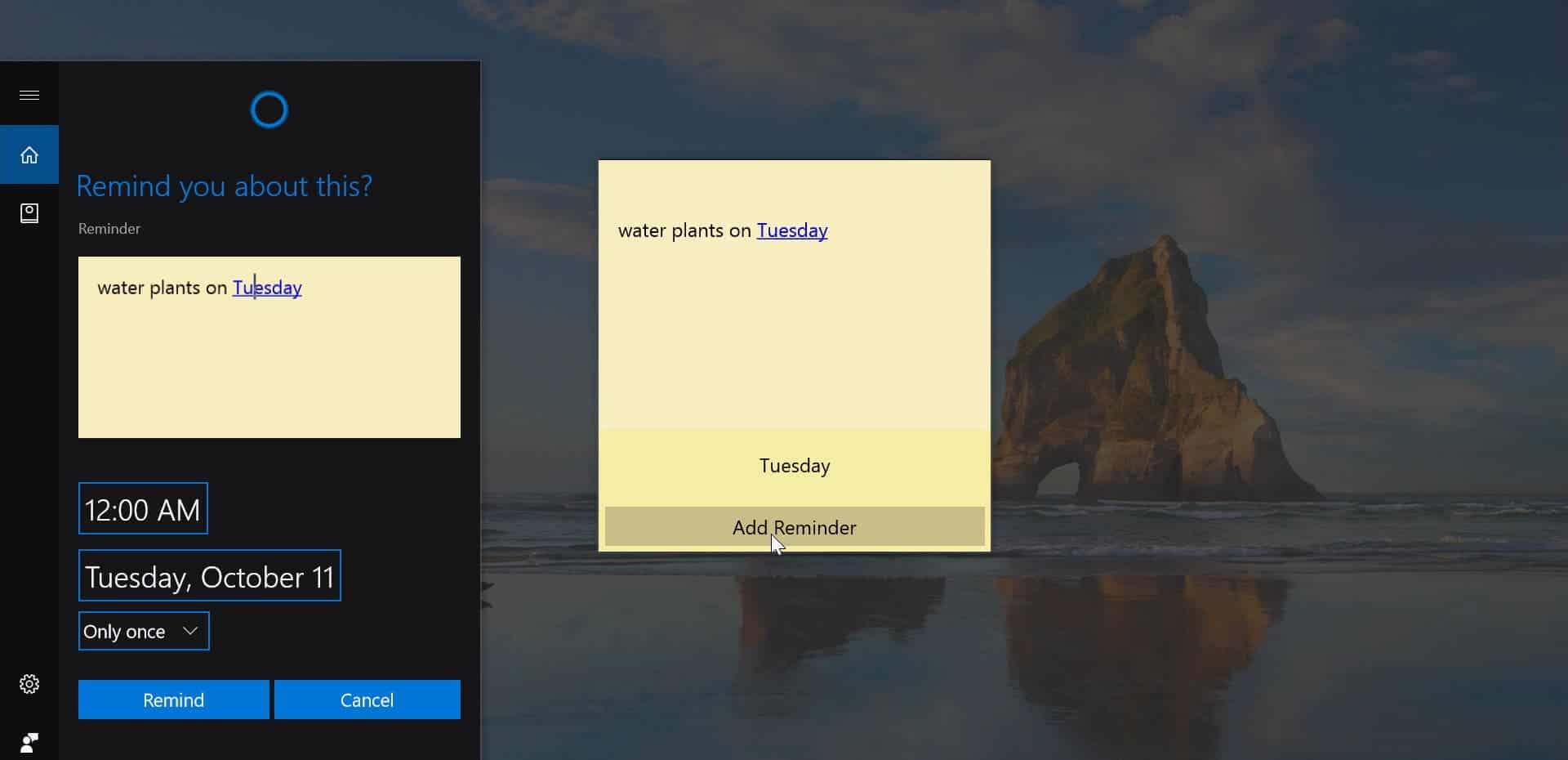
Touchscreen devices are very common now, and Microsoft followed this trend with its Surface devices. In 2016, it also brought out something called Windows Ink. This was designed to help you interact with your devices using a special pen or stylus. It had a special place where you could access apps like Sticky Notes and recent inking apps that were useful for taking notes, like OneNote. There were also apps like Sketchpad that had tools for drawing, like rulers and different types of digital pens.
The special Windows Ink workspace isn’t there anymore, but some of its parts are still in Windows 11. For example, apps like Microsoft Whiteboard are connected to Windows Ink. This lets you have a digital canvas where you and your friends can draw and share your thoughts and ideas.
Android and Linux Apps Compatibility with Windows 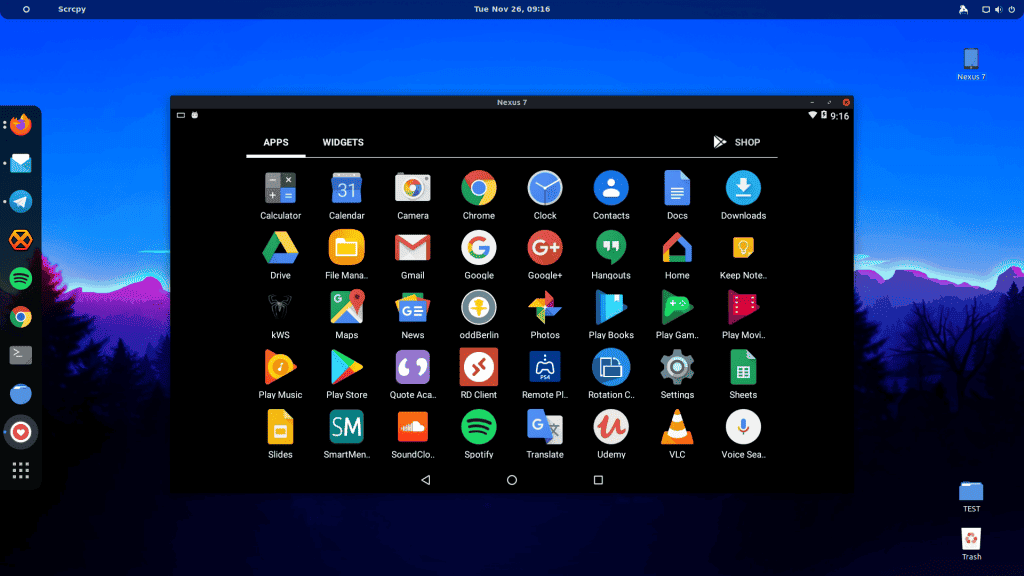
We’re finishing our list by talking about two different operating systems. In the past, it would have been surprising to think about using Linux and Android apps on Windows. After all, Windows was made by Microsoft, and it seemed like it would only work with things made for Windows. However, in August 2016, Microsoft introduced the Windows Subsystem for Linux on Windows 10. This lets developers write programs on Windows in a much simpler way. It lets them use Linux command line tools and apps right next to Windows ones, without needing to use both Linux and Windows at the same time.
This feature is still available in Windows 11 today. But Microsoft went even further and introduced something else that’s great for both developers and regular users: the Windows Subsystem for Android. This works with the Amazon App Store and lets you use Android apps on Windows. The selection of apps is a bit limited because it doesn’t have the Google Play Store or Google Play Services, but with some adjustments, you can kind of turn a Windows PC into something like an Android device. It’s quite surprising when you think about it!
Conclusion
The Windows operating system has a long history of introducing a lot of new features along the years. These five features listed above are just a small fraction of the hundreds of features that have served users of the operating system. As a user of Windows, which of the operating system versions were your personal favorite and which feature stands out to be your all-time favorite? You can share your experience in the comment section.

